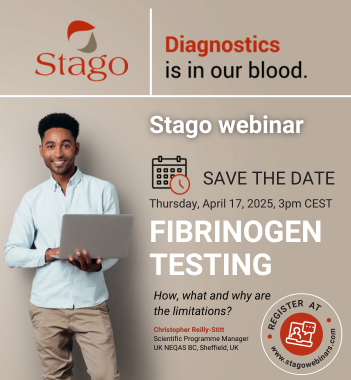What is Disseminated Intravascular Coagulation?
Disseminated intravascular coagulation (DIC) is an acquired syndrome that results from excessive, systemic activation of coagulation. It is encountered in many clinical situations in the intensive care setting.
The syndrome is defined by the presence of both laboratory abnormalities with or without clinical signs indicative of enhanced thrombin and fibrin formation, and excessive consumption of platelets and clotting factors.
DIC is part of a complex process that starts with systemic activation of coagulation that is difficult to detect. As it progresses, overt and potentially life-threatening hemostatic abnormalities develop, first in the laboratory findings and then clinically.
The 23rd consensus conference of the French Society of Intensive Care (SRLF) chose to abandon the terms compensated/decompensated, latent/overt and subclinical/symptomatic DIC, for the sake of clarity.
It proposed that the term DIC be reserved for the concomitant presence of systemic activation of coagulation and excessive consumption of platelets and clotting factors. According to the SRLF classification, DIC without clinical manifestations is termed “biological DIC”, while DIC with hemorrhagic or ischaemic manifestations is termed “clinical DIC”. Finally, “complicated DIC” describes DIC with clinical manifestations that jeopardise organ function or patient prognosis, or clinical DIC with single or multiple organ failure.

